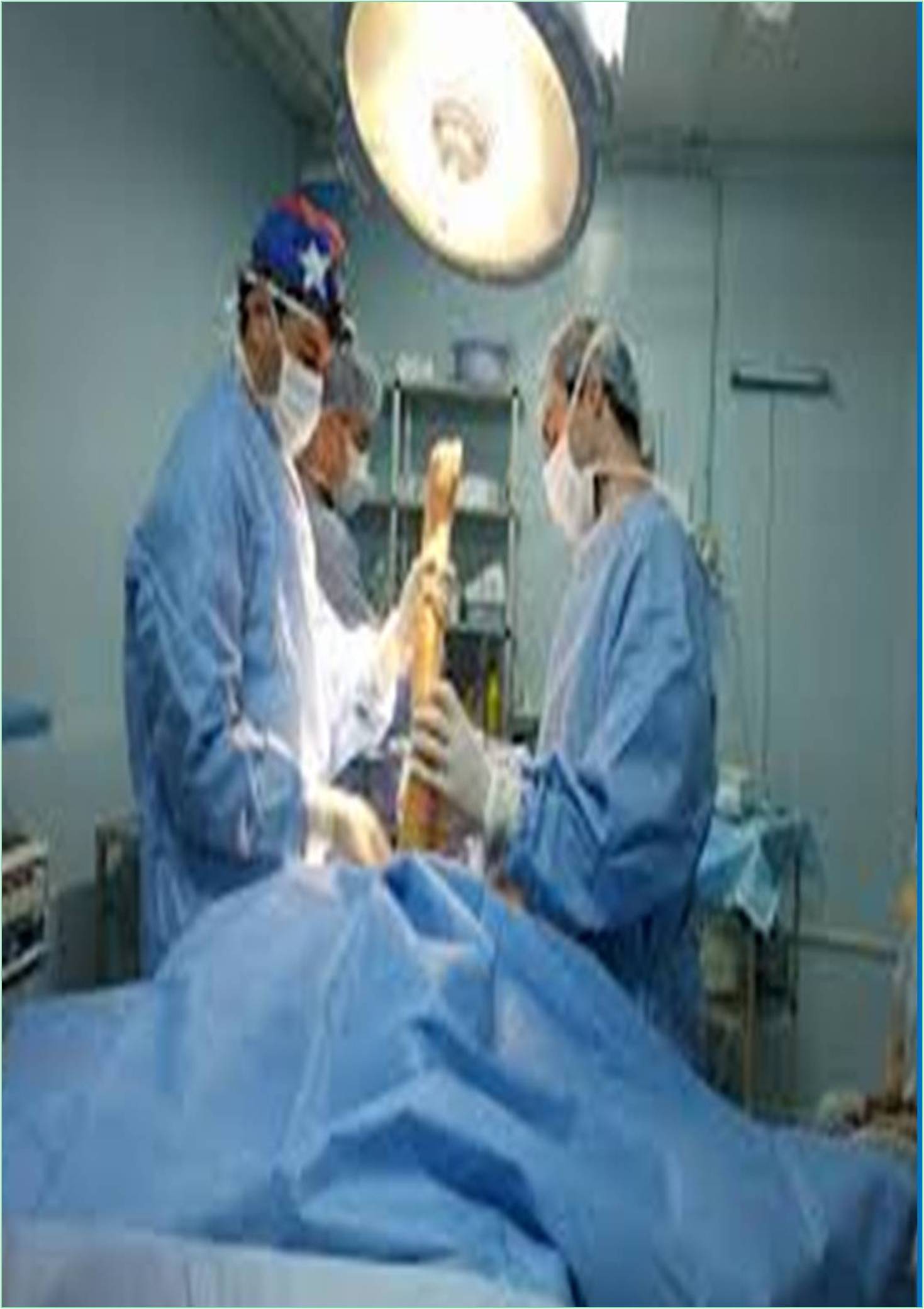



Received: 25-Nov-2022, Manuscript No. GJOPTP-22-83149; Editor assigned: 28-Nov-2022, Pre QC No. GJOPTP-22-83149 (PQ); Reviewed: 15-Dec-2022, QC No. GJOPTP-22-83149; Revised: 22-Dec-2022, Manuscript No. GJOPTP-22-83149 (R); Published: 29-Dec-2022, DOI: 10.15651/2449-1802.22.9.014
Nano medicine advancements for bone and cartilage repair rising number of individuals are suffering from bone and cartilage injuries as the population ages and becomes fatter. However, standard therapies are hampered by material flaws, which fail to stimulate the requisite cellular response to support appropriate cartilage regeneration, bone remodeling and Osseo integration. Because of their ability to effectively stimulate cellular responses on a Nano scale with enhanced drug loading efficiency, targeted capability, increased mechanical properties and improved uptake rate, Nano medicine has sparked a revolution in orthopedics particularly in tissue engineering and regenerative medicine in recent years. As a result a complete assessment of Nano medicine breakthroughs for bone and cartilage diseases is both timely and valuable. The progressive development of nano delivery methods in nanomedicine including nanoparticles and biomimetic techniques that are currently lacking in greater. More importantly, it emphasized Nano medicine research in bone and cartilage healing using the most recent preclinical and clinical examples and the future research directions of nano-therapies in clinical practice. Nanomedicine is a combination of nanoscience and medicine with the goal of understanding the process and mechanism of biological activity at the tiny level and applying nanotechnology to solve medical problems.
Because most biomolecules exist and function at the Nano scale (1-100 nm), nanomaterial’s can influence cellular behaviours which in turn affect organ functions and have a role in disease prevention and treatment. Nanotechnology is advancing due to the progressive advancement of theoretical understanding in physics, chemistry and other fundamental sciences as well as the constant advancement of analytical technology and fabrication processes. The risk of cartilage and bone damage in the population has increased dramatically as a result of the demographic shift to an ageing and obese culture. As an example arthritis is common in clinical practice and is caused by trauma, inflammation or agingrelated deterioration. The symptoms frequently include discomfort, dysfunction and even joint deformity the healthcare system and negatively hurting patients' quality of life. Traditional surgical approaches such as micro fracture and mosaicplasty can relieve pain and improve joint function however the new cartilage regenerated by these methods typically consists of type I collagen and lacks the type II collagen found in hyaline cartilage resulting in unsatisfactory long-term clinical outcomes. Autologous or allogeneic bone transplantation on the other hand fails to avoid donor site lesions, which provide a high risk of infection. Furthermore, Total Joint Replacement (TJR) suffers from corrosion of the prosthesis and is typically used on elderly patients who are nearing the end of their lives. Furthermore, advances in nanomaterials have resulted in the development of a series of biomimetic scaffolds with nanostructures that improve cell proliferation or migration and homing effects by simulating the natural bone hierarchy and Extracellular Matrix (ECM) thereby promoting the regeneration of injured tissues. Furthermore as drug delivery vehicles, Nanoparticles (NPs) and Extracellular Vesicles (EVs) can reduce dosage extend half-life and can be changed allowing for tailored therapy for distinct types of osteochondral lesions. As a result, the advancement of Nano medicine has greatly improved diagnostics and therapies for cartilage and bone disorders. Despite recent literature providing a comprehensive picture of nanotechnology applications in orthopedics, systematic reviews that comprehensively summarize different Nanobased technologies delivery modes and clinical translation of Nano medicine involved in cartilage and bone repair remain elusive tissues.